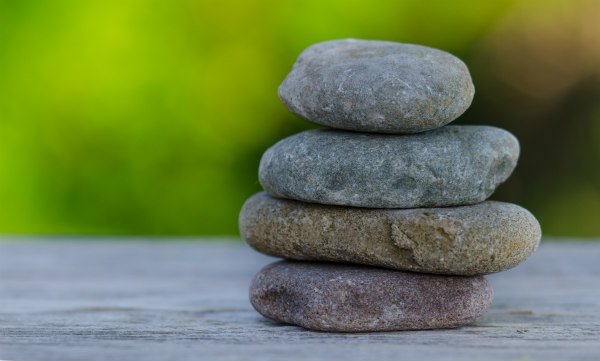Ayurveda is an ancient healing science that has been practiced for over 5,00 years. It has its roots in the Indian subcontinent and was considered to be a form of divine instruction with knowledge passed from gods to the medical practitioners of the time. The term Ayurveda means “life knowledge” in Sanskrit. This life-knowledge comes in all forms from surgical practices, such as rhinoplasty (or a nose job in today’s Western terms), to herbal compounds for treatments of bodily ailments.
Explaining Ayurveda

The Roots Of Ayurveda
The concept behind Ayurveda relies on balance. It asserts that there are three integral substances, or fluids, that make up your body and that an imbalance in any of them will result in disease. These three doshas are Vata, responsible for the mobilization of the nervous system; Pitta, the fluid that flows through the digestive system and maintains the metabolism; and Kapha, which represents the lubrication of your system and transports nutrients throughout the body.
More modern interpretations of Ayurveda incorporate a healthy dose of personal self-healing techniques, such as yoga, morning cleansing routines, infused bathing, cleansing, and oil pulling to name a few. All of these recommendations share the common goal of solitude, existing with yourself in order to enhance your well-being. Ayurveda differs from Western medicine in its focus on the individual. No person is alike and therefore, each treatment routine is different. Also, each treatment is meant not only to cure the current ailment but as a lifestyle change to prevent future imbalances as well. It is not a temporary practice, but a lasting one.

Practice and Treatment
The basics of all Ayurvedic treatment, no matter the interpretation, center around aligning or rebalancing the doshas. An initial examination will include a full-body inspection. The practitioner will check your pulse, listen to the tone of your voice, feel your abdomen for unwanted symptoms. You will be asked a list of questions about your general health, history, and diet.
Once you have been evaluated, a routine will be prescribed depending on what type of imbalance you seem to have, and your personal energy type (Vata, Pitta, of Kapha).
If one is a predominately Vata energy type then they are considered to be creative and full of energy. They exhibit cycles of high bursts of energy followed by sudden bouts of fatigue. Generally, Vatas have a slender frame and build with dry skin and cold hands or feet. They sleep lightly and have a sensitive digestive system. The Vata energy type has a treatment routine entirely its own.
The Pitta energy type is usually of a medium build with a tendency towards leadership that can sometimes turn into authoritarianism when an imbalance is present. Oftentimes they have fair skin, freckles, and sunburn easily. Pittas have a warm body temperature, sleep deeply and have a strong sex drive. The routine for Pittas includes cooling elements to balance the existing warmth in their energy.
Lastly, the Kapha energy type is laid back, generally easy-going and relaxed. They tend toward a heavier build and attempt a peaceful lifestyle and attitude. They are prone to depression but are self-sufficient and kind and patient with a gentle demeanor and joyful approach to life. The Kapha recommendation for balance favors warm and heavy, oil-rich foods.

Why Ayurveda?
Because your body is an intricate web of systems, elements, and energies all performing their own tasks to keep you healthy both emotionally and physically. Ideally, all of these various functions and tools are intertwined, working in harmony. It is only through self-care that we can keep these systems complimentary and Ayurveda focuses not only on each individual system and function but also on your individual energy as a lens through which to view your body and what it needs. It is through such a meticulous diagnosis that you can begin to understand the inner-workings of your own body and thus create a sustainable life-long practice that promotes longevity, and a healthy, happy constitution. That is why Ayurveda is so important as a practice because it treats your body as an individual, not a jumble of systems. It works to understand your body on a granular level, then treats the character of each seemingly insignificant part in order to heal the whole.
Photos via Practical Cures, Adam’s Homestay Cochin, Amila Tennakoon
About The Author

ABBY RONNER is a photographer and writer living in Brooklyn. She is a contributing writer for Narratively and VICE’s The Creators Project and her photography has been exhibited in group shows and juried exhibitions in NYC and DC. She has a hound dog named Daisy and spends her days knee-deep in folklore as a Gallery Director at City Lore in NYC. You can see more of her work on her website at abbyronner.com.
Photo via Christopher Haag







